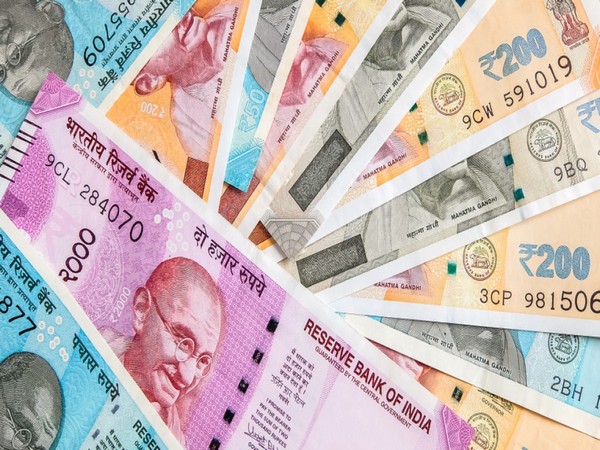The Indian rupee has faced competition in the last quarter from major Asian currencies such as Japan’s yen and the Chinese yuan. Data shows that the Indian rupee depreciated by 0.6 per cent over the past three months, while the yen and the yuan appreciated against the U.S. dollar during the same period. This depreciation was due to short-term events that boosted the Japanese and Chinese currencies, such as Japan’s rate cut and China’s stimulus package.
Following Japan’s rate cut, the yen saw a significant appreciation of 9 per cent against the dollar, making its markets more attractive to investors. The increase in liquidity within the Japanese economy resulted in a stronger yen against the dollar. Similarly, China’s currency benefited from a stimulus package announced by the government, which boosted market confidence and contributed to the yuan’s appreciation against the dollar.
Despite the decline in the Indian rupee, experts believe that it is a temporary setback and that the currency remains fundamentally strong. The rupee had actually strengthened following the U.S. Federal Reserve’s rate cut, making Indian markets more appealing to foreign investors. However, the recent short-term events in Japan and China have temporarily impacted its performance against the dollar.
Ajay Kedia, Director of Kedia Advisory, mentioned in an exclusive conversation with ANI that “the Indian rupee has depreciated by 0.6 per cent in the last quarter, while other major Asian currencies like Japan’s yen and the Chinese yuan have appreciated. The reason behind this is not a long-term effect; these two currencies appreciated due to short-term events like the rate cut in Japan and the Chinese stimulus package. The Indian rupee remains strong against the dollar and improved following the Fed’s rate cut.”
While the markets continue to monitor these developments closely, experts remain optimistic about the long-term stability of the Indian rupee. The currency is expected to be in the range of 83.56-84.28 against the dollar in the near future. The short-term impact from Japan and China is expected to fade, and the Indian rupee is anticipated to regain its strength in the global market.
In conclusion, the Indian rupee has faced stiff competition from major Asian currencies in recent months, primarily due to short-term events in Japan and China. Despite the temporary depreciation, experts remain confident in the long-term strength of the Indian rupee, especially in light of positive developments such as the U.S. Federal Reserve’s rate cut. The currency is expected to regain its footing and remain stable in the global market.











